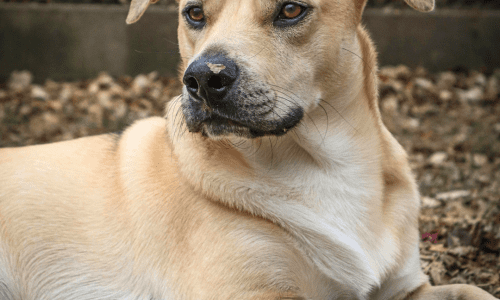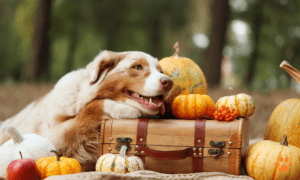By Joseph M. De Simone – Canine Command Dog Training | www.caninecommand.net
I recently added a new member to my canine family- an 85 pound, 11-month-old male Black Mouth Cur. Since my 2 other dogs are geriatric, i.e., 15 and 11 years old, my new dog’s superhigh energy level has been an eye-opener even for me, an experienced trainer. Changing canine hyperactive, ill-mannered behavior requires a 3-step modification program: exercise, training, and management.
The first step, exercise, is the most important. Our trainer motto is “a tired dog is a good dog.” A simple walk around the block or leaving your dog alone in your backyard won’t do it! For owners that are physically active, swimming, hiking, running, biking (with the proper canine attachment equipment) is excellent for tiring your dog. Other owners can use well run dog parks and dog beaches to help their dogs play chase and socialize with compatible canines. Owners can also invite neighbors’ dogs to their house and vice versa. In the alternative, buy a thin 30- to 50-foot-long line and practice fetch with your dog in your backyard or other open space.
Utilize play and chew toys to keep your dog occupied. You can also play games with your dog. Find it, fetch it, chase it (Google dog flirt pole) are great at channeling your dog’s energy allowing you to also incorporate basic commands like come, sit, stay, and drop it. Make come a fun exercise by hiding and then asking your dog to “find me.” Remote-control treat dispensers like Arf Pets Dog Treat Dispenser with Remote Button available on Amazon can be used as a variation on the find it game.
AKC clubs offer opportunities to have your dog engage in canine sports as well as search and rescue, scent detection and ADA service dog work curing an out-of-control behavior dog who now has a purpose and a job!
The second step, positive reinforcement training, is critical to ensure that your dog can default into calm behaviors as opposed to practicing his previous uncalm behaviors. Recent research shows short 5-to-10-minute training sessions, 2-3 times a day actually create new neural connections in the canine prefrontal cortex which controls calm behavior. Whenever your dog offers on his own, or because of your command, a calm behavior, immediately reinforce with petting praise and/or treats! Your dogs calm behavior repertoire should include the ability to focus using the name game, watch game and hand tracking games. Training a rocket recall by making sure you’re moving away, lowering your height, and using a puppy party voice to have your dog come to you. Make sure your dog can do his doggy sit ups i.e. sit, stand, down with either verbal or physical cues. Train a strong wait (being still in your presence) and stay (being still while you walk away). Train “leave it” so your dog avoids the cane toad and “drop it” so you can get out of his mouth quickly! You can also do simple agility exercises with your dog (Google dog agility training equipment) and problem solve with dog puzzles (Google Trixie dog puzzles).
When your dog has mastered his commands, you can begin to practice the “nothing of life is free” technique. The point you’re trying to make is Fido is not “entitled” to anything. All resources including food, space, access to owners and visitors are privileges that must be earned by showing calm behavior. Before your dog gets any of those you he must perform one of his trained calm behaviors. Simple examples include your dog must sit and stay before he goes out the door for his walk, before he is fed, and before he greets people etc.
The 3rd step, management, is just as important as the first two. Properly used crates, exercise pens, long lines, leashes, and baby gates are critical in controlling your dog’s access to space so uncalm behaviors can’t occur in the first place. Natural supplements like CBD and composure by VetriScience can be used to accelerate the transition to calm behavior!
At the other end of the leash, owners should be trained in leadership skills: controlling access to resources (food, space, height etc.); implementing boundaries and rules regarding access to those resources i.e. demanding calm behavior for those privileges. Owners must also learn leadership posturing – using their vocal pattern, facial expression, and body movement as well as leadership rituals e.g. not letting their personal space be invaded, determining when play begins and ends, adjusting body height etc. so their dog will pay attention to them.
By practicing the above 3 step program, uncalm dogs can be turned into calm, focused canine good citizens.








